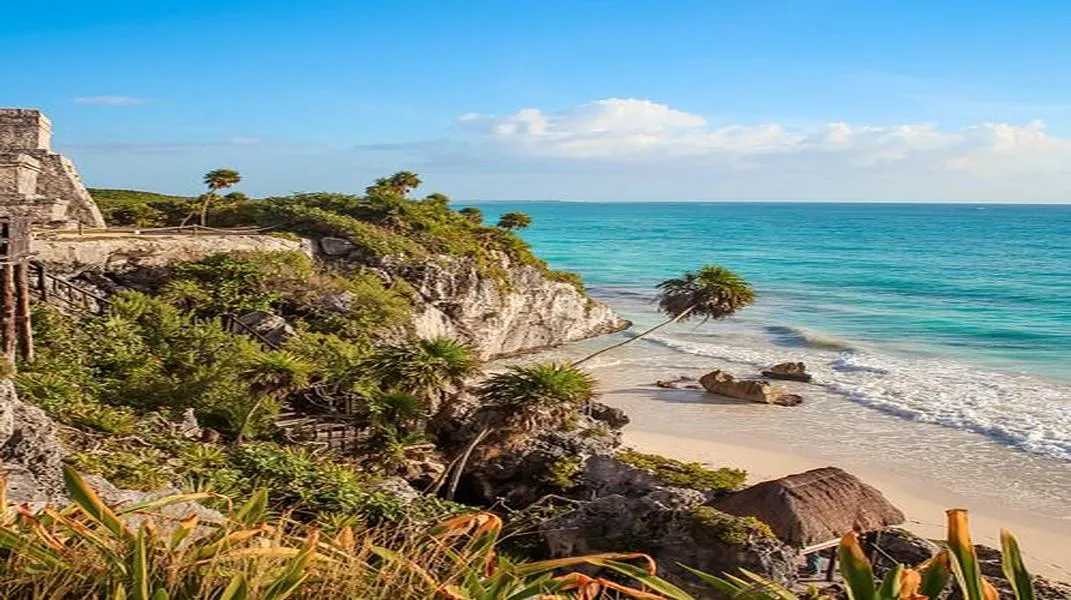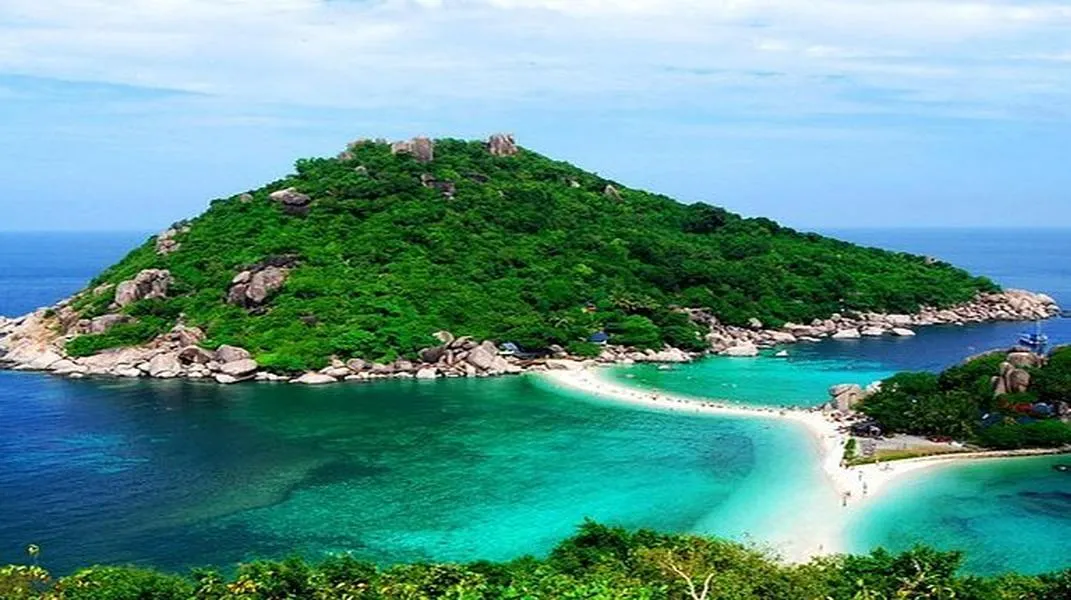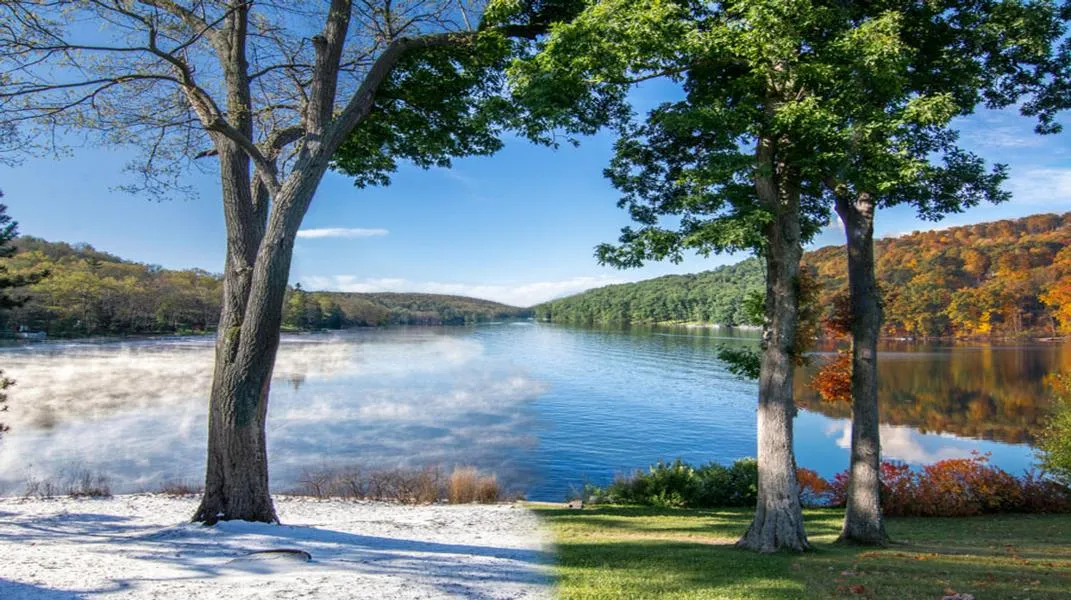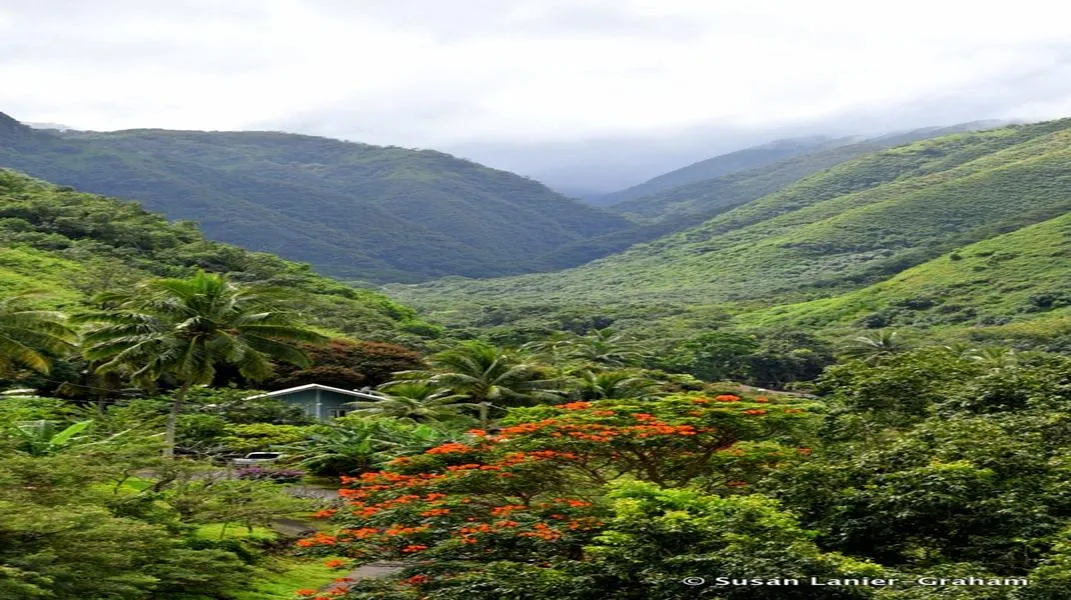Discovering Montenegro: A Jewel of the Balkans
Nestled along the Adriatic Sea, Montenegro is a stunning Mediterranean destination that beckons travelers with its dramatic landscapes, rich history, and vibrant culture. From the rugged mountains to the shimmering coastal towns, this small Balkan nation offers a diverse range of experiences that make it a must-visit for any traveler. In this article, we will explore the enchanting attractions of Montenegro, delve into its cultural heritage, and provide essential tips and materials you need to prepare for an unforgettable visit.
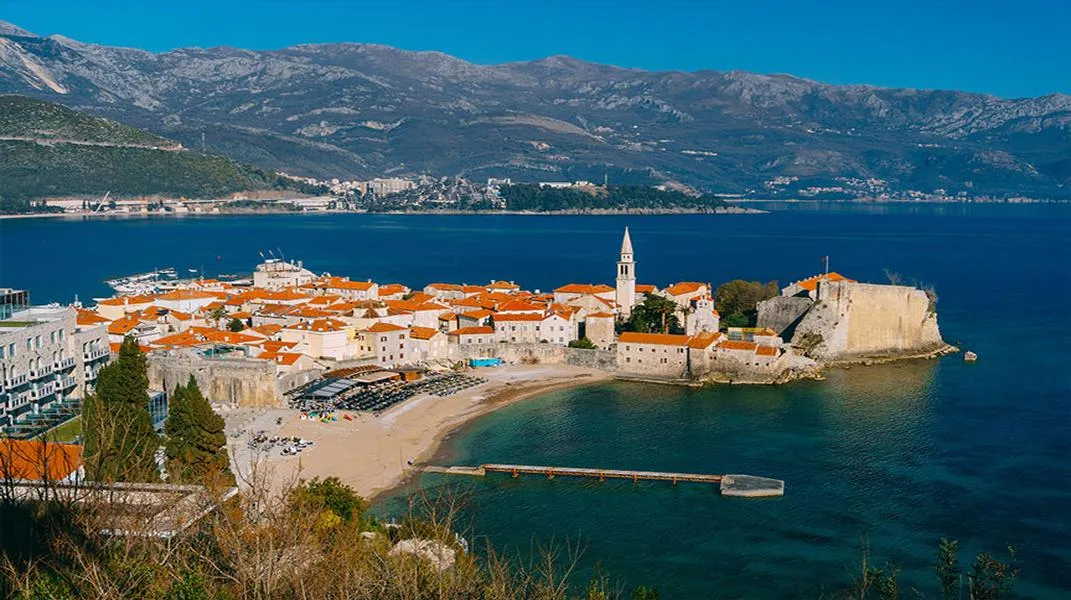
A Brief Overview of Montenegro
Montenegro, or "Crna Gora" in its native language, translates to "Black Mountain." The country is known for its stunning natural beauty, which includes towering mountains, deep canyons, and pristine beaches. Despite its small size—covering just over 13,800 square kilometers—Montenegro is rich in history, with influences from the Romans, Byzantines, Ottomans, and Venetians visible in its architecture and culture.
Key Attractions in Montenegro
1. Kotor: A UNESCO World Heritage Site
Kotor, situated in a bay surrounded by towering mountains, is one of Montenegro's most picturesque towns. The Old Town, a UNESCO World Heritage Site, is a labyrinth of medieval streets, charming squares, and historic buildings. Visitors can explore the Cathedral of Saint Tryphon, which dates back to 1166, and hike up to the fortress of San Giovanni for stunning views of the bay.
2. Budva: The Adriatic Pearl
Famous for its vibrant nightlife and beautiful beaches, Budva is often referred to as the "Adriatic Pearl." The Old Town is a mix of historical sites and modern attractions, with cobbled streets leading to the Citadel, a fortress that offers panoramic views of the Adriatic. The beaches of Budva, such as Mogren and Jaz, are perfect for sunbathing and water sports.
3. Durmitor National Park
For nature lovers, Durmitor National Park is a paradise. Located in the north of Montenegro, this UNESCO World Heritage Site is home to rugged peaks, glacial lakes, and diverse wildlife. Hiking, rafting, and skiing are popular activities here, with trails ranging from easy walks to challenging climbs. The park’s centerpiece is the stunning Black Lake (Crno Jezero), an idyllic spot for picnics and relaxation.
4. Lake Skadar National Park
Lake Skadar, the largest lake in the Balkans, is a haven for birdwatchers and nature enthusiasts. The park is home to over 280 species of birds, including the endangered Dalmatian pelican. Visitors can take boat tours to explore the lake's islands, monasteries, and traditional fishing villages, or hike the surrounding hills for breathtaking views.
5. Cetinje: The Old Royal Capital
Cetinje, the historical and cultural heart of Montenegro, is a small town with a rich heritage. The former royal capital is dotted with museums, monasteries, and charming architecture. Key sites include the National Museum of Montenegro, the Cetinje Monastery, and the Blue Palace, the official residence of the President of Montenegro. The town offers a glimpse into the country's past and is a great place to soak up local culture.
6. Perast: A Step Back in Time
Located near Kotor, Perast is a quaint coastal town known for its baroque architecture and stunning views of the Bay of Kotor. The town is home to several historic churches and palaces, including the Church of Our Lady of the Rocks, which is situated on a small island and can be reached by boat. Perast is an excellent spot for a leisurely afternoon, enjoying the local cuisine while taking in the beautiful surroundings.
Cultural Experiences
Montenegro's rich cultural tapestry is woven from various influences, making it a fascinating destination for history buffs and culture enthusiasts. Here are some cultural experiences you shouldn't miss:
- Traditional Cuisine: Montenegrin cuisine is a delightful blend of Mediterranean and Balkan flavors. Don't miss trying local dishes such as njeguški pršut (smoked ham), kacamak (a cornmeal dish), and fresh seafood along the coast. Pair your meals with local wines, such as Vranac or Krstač.
- Festivals and Events: Throughout the year, Montenegro hosts various cultural festivals that celebrate music, dance, and tradition. The Kotor Carnival, Budva Music Festival, and Cetinje Carnival are just a few examples of events that showcase the country’s vibrant culture.
- Wine Tours: Montenegro has a burgeoning wine industry, particularly in the regions of Njeguši and the coast. Taking a wine tour allows visitors to sample local varieties and learn about the winemaking process.
Preparing for Your Visit: Essential Materials
To ensure a smooth and enjoyable trip to Montenegro, here’s a comprehensive list of materials and preparations you should consider:
1. Travel Documentation
- Passport: Ensure your passport is valid for at least six months beyond your planned departure date.
- Visa: Check if you require a visa to enter Montenegro. Many countries have visa-free agreements, but it’s essential to verify your specific requirements.
2. Transportation Arrangements
- Flights: Book your flights well in advance, especially during peak tourist seasons (June to August). The main international airport is Tivat, but Podgorica also has connections.
- Local Transportation: Research transportation options within Montenegro. Renting a car is recommended for exploring the countryside, while buses are a viable option for intercity travel.
3. Accommodation
- Booking: Reserve accommodations that suit your preferences and budget, ranging from luxury hotels to charming guesthouses and hostels. Popular areas include Kotor, Budva, and Podgorica.
- Location: Consider the location of your accommodation for easy access to attractions and transportation.
4. Currency and Payments
- Currency: Montenegro uses the Euro (€) as its official currency. Familiarize yourself with the current exchange rates.
- Payment Methods: Credit cards are widely accepted, but it’s advisable to carry some cash for smaller establishments and markets.
5. Health and Safety
- Travel Insurance: Obtain travel insurance that covers medical emergencies, trip cancellations, and lost belongings.
- Health Precautions: Check if any vaccinations are recommended before traveling. It’s also wise to carry a basic first aid kit.
6. Packing List
When packing for your trip, consider the following essentials:
- Clothing: Lightweight clothing for summer months (June to August) and layers for cooler seasons (September to May). A waterproof jacket is useful for potential rain.
- Footwear: Comfortable walking shoes for exploring towns and hiking boots for outdoor activities.
- Beach Gear: If you plan to visit the coast, pack swimwear, sunscreen, and a beach towel.
- Travel Guide/Maps: A travel guidebook or downloaded maps can help you navigate the country. Mobile apps for language translation and navigation can also be beneficial.
Conclusion
Montenegro is a destination that captivates the heart with its breathtaking landscapes, rich history, and warm hospitality. Whether you're exploring the ancient streets of Kotor, lounging on the beaches of Budva, or hiking in the majestic Durmitor National Park, there's no shortage of experiences to cherish. By preparing adequately and immersing yourself in the local culture, your visit to Montenegro will undoubtedly be a memorable adventure. Embrace the beauty and allure of this Balkan gem—Montenegro awaits!

